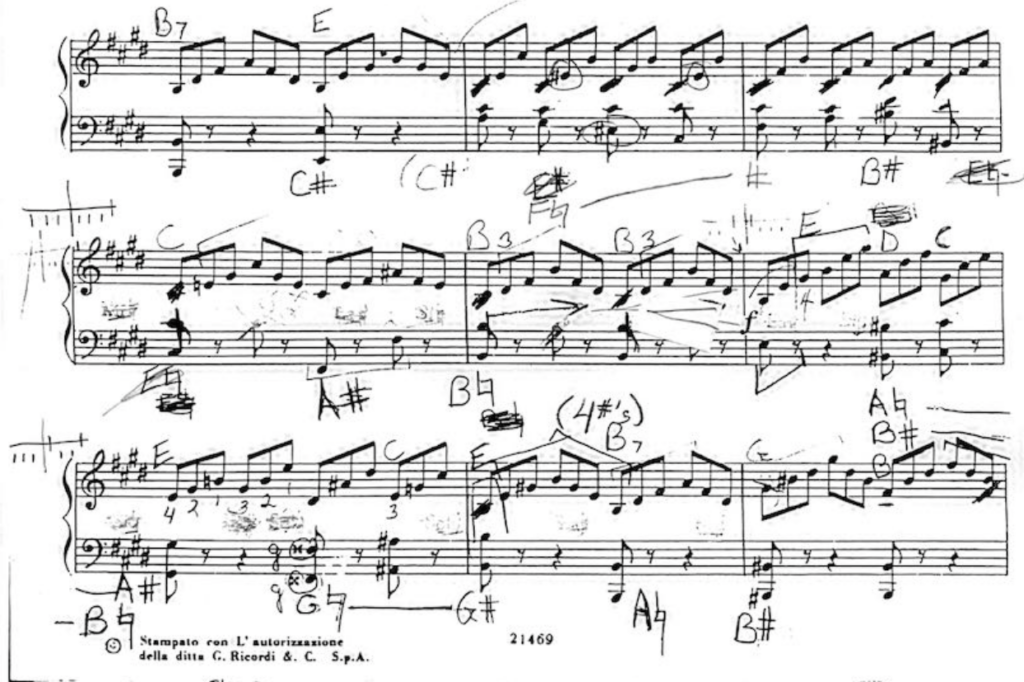reflections while teaching La Forza

“Phrase it.”
Imprecise instructions. The great amplifier of my younger self’s musical insecurities and frustration.
Wtf does that actually mean? Does everyone else know what this means and I’ve missed it somewhere along the way? Am I supposed to crescendo to the dominant chord? Or the resolution? The high note? What if the high note is in a metrically weak position? And is it musical or unmusical to push the tempo towards this spot? Why isn’t my perception good enough to give me the answers? Why won’t someone just tell me the rules for how to do it right?
(Yeah. …younger self had a high need for closure.)
Of course, the ability to express my frustration through words developed later, once I installed the adult update to my emotional skill set software. At the time that I was most wracked by these insecurities, I possessed no such ability. Okay, that’s a slight exaggeration. I had a nascent ability to articulate. What I truly lacked was context, perspective, and self-compassion.
…
I don’t recall how high school me stumbled onto Sound in Motion. Yet even that rich tome proved insufficient in providing the Complete Ultimate Rules For All Music That Will Imbue Me With Final Assurance That I’m Doing It Right.
Fifteen years later, confidence has replaced confusion. Somehow, I found my way. Yay. Go me.
Now, a new frustration confronts me.
Fifteen years later, I stand on the other side of the pedagogical partnership. And here I am, telling my students, “Phrase it. Show me the line!” Thinking, It sounds like a bunch of notes and I’m not helping.
I demonstrate. But the elusive persists.
…
Perhaps it is (or soon will be) technologically possible to use video and sensors to model and analyze exactly what goes on with movement, pressure, tempo, etc. while playing. Perhaps it’s physically possible to quantify the difference between playing an accompaniment pattern with ‘direction’ vs. without it. Perhaps it’s even possible to take that data and generate instructions capable of precisely communicating, through language, how another human must exactly move the molecules of their body to replicate this ineffable quality that I desire to guide my students towards.
But even if such a thing were possible, and even if it were practical, in all likelihood, it would not be helpful.
So the vague and ambiguous instructions that formerly amplified my insecurities now feature regularly in my teaching.
Confidence has replaced confusion, yet I’m not much closer to articulating an answer to my younger self’s questions.
What changed?
Is it simply that, somewhere between sitting at Alfred Adler’s feet and crash-landing in Galt’s Gulch, I’ve grown old enough to trust my own perceptions?
Or perhaps—that I’ve relinquished my need to be ‘correct’?